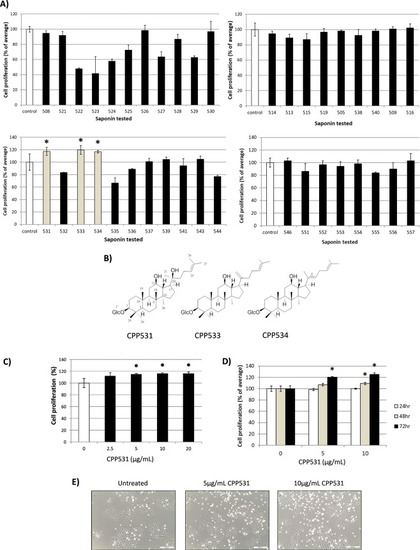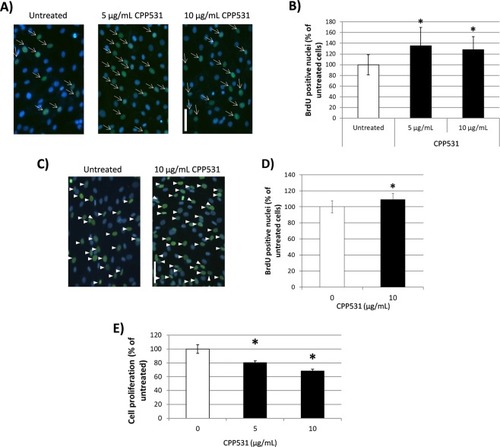- Title
-
Screening ginseng saponins in progenitor cells identifies 20(R)-ginsenoside Rh2 as an enhancer of skeletal and cardiac muscle regeneration
- Authors
- Kim, A.R., Kim, S.W., Lee, B.W., Kim, K.H., Kim, W.H., Seok, H., Lee, J.H., Um, J., Yim, S.H., Ahn, Y., Jin, S.W., Jung, D.W., Oh, W.K., Williams, D.R.
- Source
- Full text @ Sci. Rep.
|
( |
|
( |
|
( |
|
( |
|
( |
|
( |






